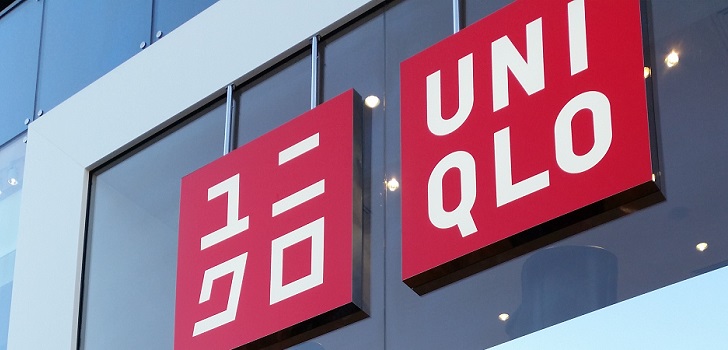2019, the year Fast Retailing reached (and lost) the silver medal
The Japanese owner of Uniqlo reached in 2019 the second position in the global fashion podium, thanks to exchange rates.

It was short, but it happened. Fast Retailing will remember fiscal year 2019 as the one in which it saw a little closer its dream of becoming the number one fashion retailer in the world. The Japanese group, owner of Uniqlo, outperformed H&M for a few weeks by turnover thanks to exchange rates.
The company ended its fiscal year 2018 with a revenue of 2,290,548 million yen. H&M, meanwhile, recorded sales of 210,410 million krona. At October exchange rates, Fast Retailing exceeded H&M by just 200 million euros. In December, however, the Swedish prince returns to be above, with sales of 20.1 billion euros, compared to 18.9 billion euros of Fast Retailing.
Above and below there are still more than 4 billion euros away: in the lead, Inditex, with a turnover of 26.4 billion euros, and in the bottom, Gap, who Fast Retailing exceeded in 2016 and has a revenue of 16.8 billion dollars.
Fast Retailing, owner of Uniqlo, exceeded H&M for a few weeks
But time has shown that, in fashion, nothing is forever. In 2004, Gap sold twice as much as Inditex, which then ranked third behind H&M. Then, the Spanish group speeded up and, just a year later, managed to outperform H&M by becoming the first fashion retailer in Europe.
In just four years, the financial problems that Gap was going through allowed Zara’s parent company to also advance the American company in the first quarter of 2008. The battle for the podium was then closer than ever.
Gap managed to recover the gold supported by the depreciation of the euro, to lose it only two years later when, despite the unfavorable exchange rate, Inditex once again made the top of the sector that it maintains until today.
Will the twenties be the decade of Fast Retailing? Its chief executive officer, Tadashi Yanai announced ten years ago his ambitious goal of becoming the world’s largest fashion retailer by revenue in 2020, with sales of 42 billion dollars.
Over time, Yanai adjusted his expectations, but has not stopped conquering new places in a ranking that has nothing to do with that of a decade. Today, the Japanese is, again, confident. The company expects to obtain a consolidated turnover of 2.4 billion yen(19.8 billion dollars) in 2020.
How? Supported in its international expansion and with retail. While Inditex and H&M are transforming and Gap its restructuring, Fast Retailing is still in full speed, as evidenced by its growth rates: 7.5% in 2018, compared to 5.2% of H&M, 3% of Inditex and 4.5% of Gap.
If H&M and Inditex have been internationalized for many years, Uniqlo’s international sales started in 2017. In 2018, the chain was once again the engine of the group, with a growth of 14.5%.
While its rivals reorganize its retail network, the Japanese company plans to add 300 stores in a year, reaching 3,745 stores in August 2020. If the goal is achieved, the company would approach the 3,877 points of sale of Gap, but still far of the 5,000 stores that add H&M and 7,000 of Inditex.
Even so, it seems unlikely that the group will gain a foothold in fashion silver next year. H&M ended its fiscal year 2019 with sales of 232,765 million krona (22 billion euros), well above the target set by Fast Retailing. Who could definitely leave the war on the podium could be Gap. The American group is currently studying to spin off Old Navy, which accounts for 47.3% of the company’s turnover.
The battle for profit
In terms of profitability, Fast Retailing outperformed H&M for the second consecutive year. While the Swedish was impacted its income statement by restructuring and investments, Fast Retailing continued to gain it at a sustained pace.


info@themds.com
Validation policy for comments:
MDS does not perform prior verification for the publication of comments. However, to prevent anonymous comments from affecting the rights of third parties without the ability to reply, all comments require a valid email address, which won’t be visible or shared.
Enter your name and email address to be able to comment on this news: once you click on the link you will find within your verification email, your comment will be published.